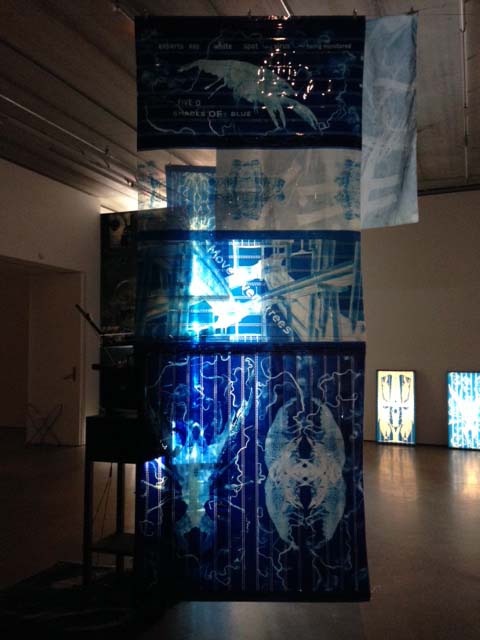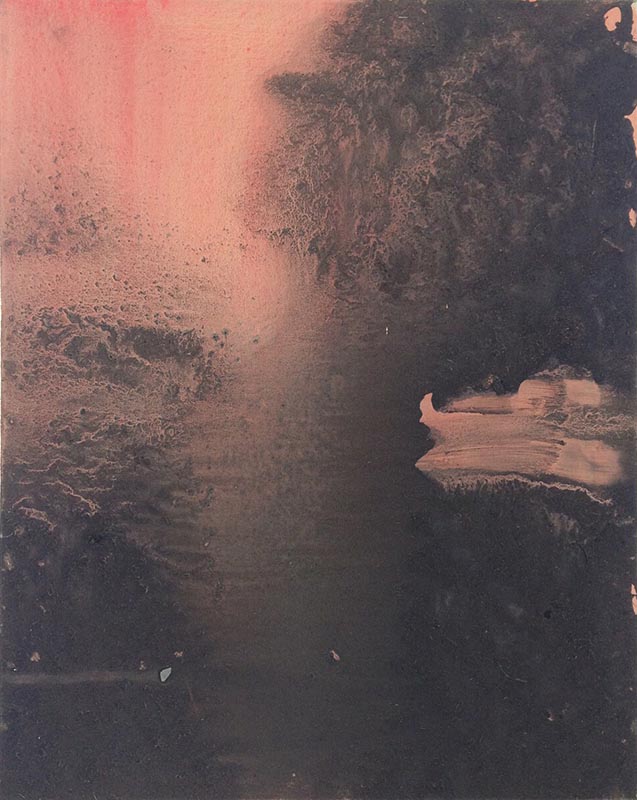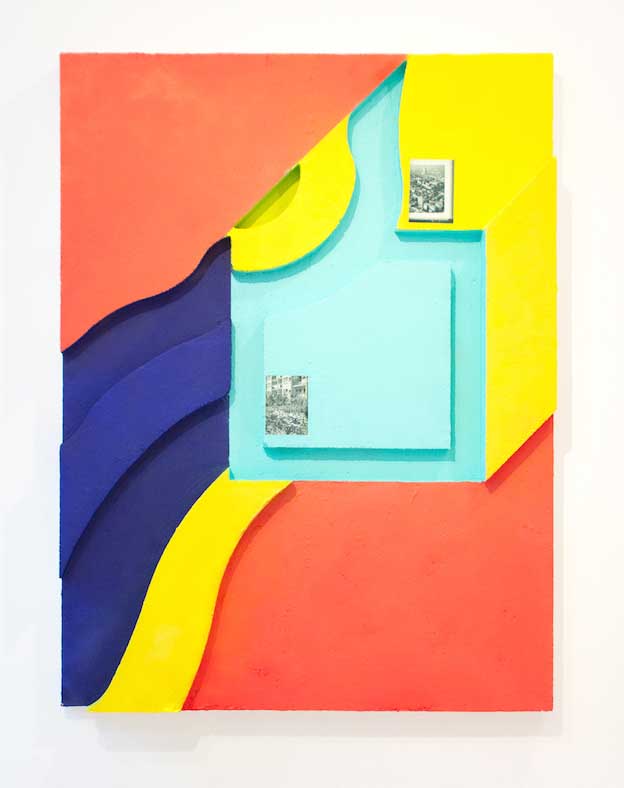 |
| The Long Now Foundation, 2011, image: The Long Now Foundation |
From the perspective of one who had viewed the Sixth Momentum Biennial before the recent massacres in Oslo and Utøya Island, and who now proceeds to discuss it afterward, the biennial’s title “Imagine Being Here Now” carries even more significance. Momentum’s curatorial statement reads: “The inherent present of each individual not only extends to momentary impressions but to his or her past as well as their expectations of the future, owing to the fact that we have the ability to imagine being somewhere else entirely, in any other place at any other time.” It now seems difficult to imagine “being somewhere else entirely” and impossible to ignore the tragedy’s influence on arts and culture in Scandinavia and beyond.
In the event’s “reader,” published by Mousse, Momentum’s Nordic curators draw attention to collaborative setbacks. Yet the question remains: What steps, if any, can be taken to ensure more successful collaborations? More provocative than their analysis of such obstacles, though, is the curatorial team’s attempt to override any preconceived notion that they are expected to only feature “Scandinavian” artists. They united a motley sample of international participants, including Michael Baers, Simon Starling, and Mandla Reuter.
At such expansive events, which are influenced by a mélange of external forces, curatorial will can be interpreted as being in either accord or discord with the intentions of chosen artists. The ideological turf wars, even played out within single pieces, are sometimes discreet but at other times obvious, as in specific works that seem to bite their thumbs at inequity-at-large yet still tacitly sanction their own participation (perhaps paying unintended homage to Simone de Beauvoir’s opportunistic theory of altering a dominant system via the “inside job”). One such example is provided by Heman Chong’s performative reading (Simultaneous, 2011) of Maarit Verronen’s 1996 book Kulkureita ja unohtajia (Wanderers and Forgetters), a collection of fourteen texts questioning whether community can exist when selfishness and inane bureaucracy usurp and violate personal space. Another instance of criticism appearing hand in hand with participation is Wooloo’s Two Years’ Untouched Garden, 2011. The Danish collective’s proposal for the biennial—that Galleri F15’s lawn be left untouched as a protest against Norway’s environmental policies—was shunned by district politicians. With this original vision nixed, Wooloo instead exhibited a paper trail recording its negotiation process as well as its discontent not only with the supercilious mix of nonaction and detrimental action on the part of UN-REDD (an environmental department of the United Nations), but also with Momentum’s thematic and spatial inaccessibility. One may feel perplexed by Momentum’s incongruous curatorial jargon pertaining to time, space, and relativity, yet specific works serve as guiding lights―even if they turn out to be not stars but satellites. To see the review in context, click here.








